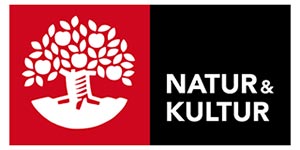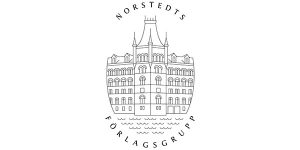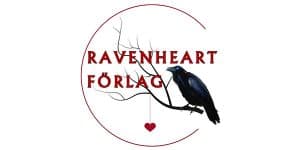
Dionysia (Primulaceae): the Cushion Primroses

| Serie | Symbolae botanicae Upsalienses (41) |
|---|---|
| Förlag | Acta Universitatis Upsaliensis |
| Genre | Biologi |
| Format | Inbunden |
| Språk | Engelska |
| Vikt | 0 |
| Utgiven | 2023-01-31 |
| SAB | Uf |
| ISBN | 9789151316741 |
Dionysia comprises 64 species of aromatic dwarf shrubs growing in crevices of steep or often overhanging rocks in semi-arid areas. Most species form cushions, and are covered in violet or yellow flowers in spring. They are restricted to the South-central part of the Irano-Turanian floristic region, ± corresponding to the Flora Iranica area.
Several species have been used since antiquity for medicine and incense. Until the late 19th century, the drug Hamámá (Dionysia diapensiifolia) was marketed in India as an ingredient in various panaceas. It most likely corresponds to the most precious of the three kinds of ἄμωμον (latin Amomum) recorded by Dioscorides in the first century.
Dionysia is a natural taxon, its monophyly well supported by DNA evidence. It is distinguished from related taxa by the apomorphies: shrubby habit with elongated woody branches, very dense amorphous burgundy or dark amber “bark”, woolly farina and ovules embedded in a fleshy placenta.
The ancestral Dionysia was rock-growing with fairly large dentate leaves with revolute leaf vernation, stalked inflorescences with tiers of verticillate flowers subtended by foliaceous bracts, long-tubed yellow corollas, and many-seeded capsules (save for revolute leaf vernation, these characters are shared with the sister taxon Evotrochis). Changes to tighter cushions, small leaves, small bracts, sessile flowers, few-seeded capsules and large seeds occurred in parallel in several lineages.
Like most species in the Primula group, all Dionysia species are heterostylous and obligately out-crossing, except for D. involucrata (homostylous) and D. teucrioides (mixed). Large phenotypic variation within populations, as well as in cultivated plants from single-mother seed batches, has been documented in many cases.
The bulk of this book is a taxonomic treatment of Dionysia, with nomenclature, descriptions, distribution maps, photos and line drawings. The subgeneric classification is based on clearly recognizable natural entities. The enigmatic section Tapetodes is shown to be of hybridogeneous origin, based on DNA and morphology.
Twelve new taxa (1 section, 9 species, 2 subspecies) are described: Dionysia sect. Primulopsis, D. tjeerdsmae, D. juniperina, D. mariae, D. moazzenii, D. revoluta ssp. ericoides, D. brinkii, D. gaubae ssp. nodosa, D. mallos, D. bokharii, D. crassifolia, D. alipourii. Four stat. and/or comb. nov. are made (D. sect. Tapetodes, D. involucrata ssp. gandzhinae, D. cespitosa ssp. isophylla and D. odora ssp. zeynepiae). Dionysia wendelboi and D. odora ssp. straussii are rehabilitated. The older name D. drabifolia replaces D. termeana, and D. bachtiarica is shown to be the correct name for “D. sawyeri” sensu Wendelbo, non Primula sawyeri G.Watt, nom. rej. prop., q.e. D. archibaldii.
There are also overviews on morphology, phylogeny, biogeography, chemistry and scientific history, and finally advice on how to grow and propagate Dionysia, the latter largely informed by Marika Irvine from Göteborgs botaniska trädgård.























